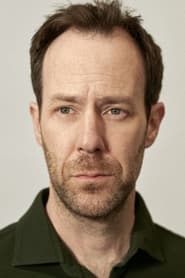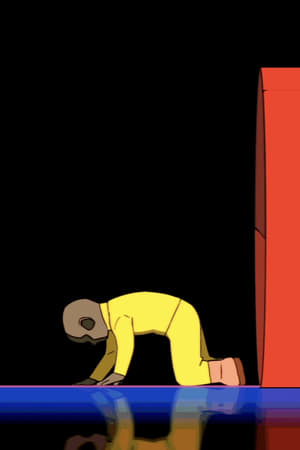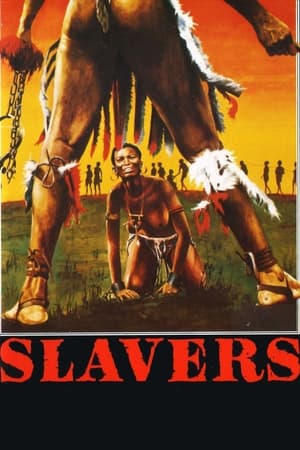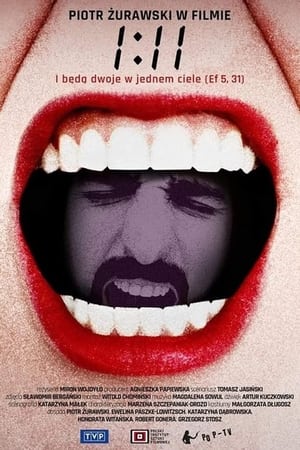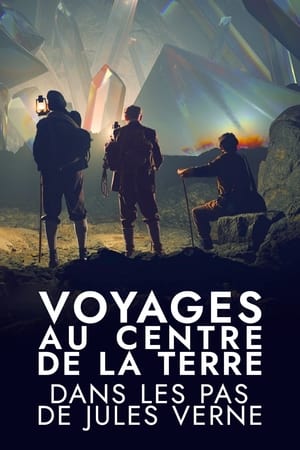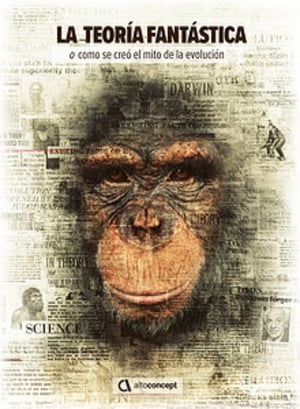
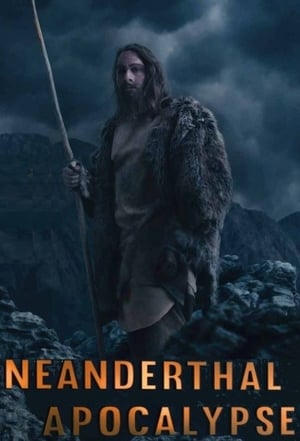
Neanderthal Apocalypse(2015)
40, 000 years ago the steppes of Eurasia were home to our closest human relative, the Neanderthals. Recent genetic and archaeological discoveries have proven that they were not the dim-witted cave dwellers we long thought they were. In fact, they were cultured, technologically savvy and more like us than we ever imagined! So why did they disappear? We accompany scientists on an exciting search for an answer to this question and come to a startling conclusion …

Movie: Neanderthal Apocalypse
Top 3 Billed Cast

Neanderthal Apocalypse
HomePage
Overview
40, 000 years ago the steppes of Eurasia were home to our closest human relative, the Neanderthals. Recent genetic and archaeological discoveries have proven that they were not the dim-witted cave dwellers we long thought they were. In fact, they were cultured, technologically savvy and more like us than we ever imagined! So why did they disappear? We accompany scientists on an exciting search for an answer to this question and come to a startling conclusion …
Release Date
2015-09-19
Average
7
Rating:
3.5 startsTagline
Genres
Languages:
EnglishFrançaisKeywords
Recommendations Movies
 9.9
9.9The Way to the Heart(en)
Ava, an award-winning chef at a big-city restaurant, has lost her spark. Her boss sends her out to find herself to save her menu and her job. She returns home and finds little to inspire her, but when she reunites with her childhood friend Logan, Ava has to get her head out of the clouds and her foot out of her mouth to rediscover her passion for food.
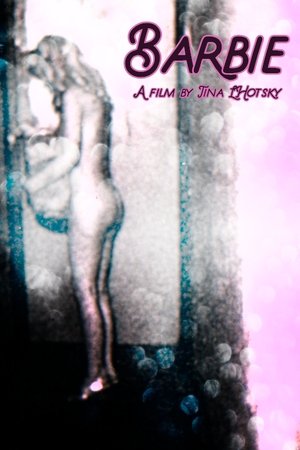 6.7
6.7Barbie(en)
Barbie comes home from shopping. She takes her groceries out of the bag and unwraps a little Barbie doll. She fries up the Barbie doll and eats it.
 6.4
6.4Dead of Night: A Darkness at Blaisedon(en)
Investigator Jonathon Fletcher and his assistant Sajeed Rau investigate an apparently haunted mansion at the request of the woman who has inherited it.
 6.0
6.0Cinema Pameer(en)
Cinema Pamir is where the people of Kabul come to escape and dream away the war that surrounds them. This is the story of the cinema itself, the many inspiring characters surrounding it, how everyday life has been torn apart, and how film can inspire and catalyze change even in the struggling and poor society of wartime Afghanistan.
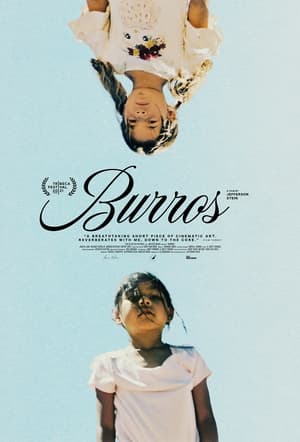 6.7
6.7Burros(en)
In southern Arizona, twenty miles from the Mexico border, a young Indigenous girl discovers a Latina migrant her age who has been separated from her father while traveling through the Tohono O’odham Nation into the United States.
The Siege(en)
A team of armed Pakistani militants stage a terrorist attack at the Taj Mahal Palace Hotel in India.
 5.0
5.0Bike Vessel(en)
Pulled pork, ribs, and liverwurst sandwiches — these are a few of the Southern delicacies filmmaker Eric D. Seals grew up eating alongside his father, Donnie Seals, Sr. But after facing death and undergoing the first of three quadruple bypass operations, the elder Seals decided to completely overhaul his life. Bike Vessel chronicles Donnie’s new chapter after becoming an avid cyclist, and follows the two men as they set out on an epic bike ride from St. Louis to Chicago.
 6.4
6.4The Wobblies(en)
"Solidarity! All for One and One for All!" With that slogan, the Industrial Workers of the World, aka the Wobblies, took to organizing unskilled workers into one big union and changing the course of history. This award-winning film airs a provocative look at the forgotten American history of this most radical of unions, screening the unforgettable and still-fiery voices of Wobbly members--lumberjacks, migratory workers, and silk weavers--in their 70s, 80s, and 90s.
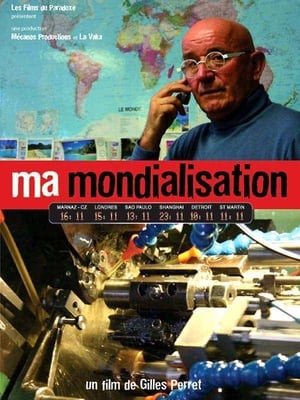 7.0
7.0Ma mondialisation(fr)
A business leader from Haute-Savoie explains his relationship to globalization.
 5.8
5.8The Windbag(el)
A pretentious lawyer, the scion of an aristocratic family, falls in love with a simple receptionist and rejects her, unaware that she is the daughter of a count.
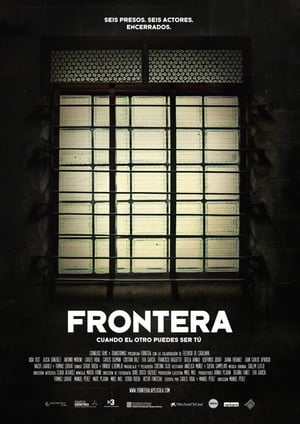 5.8
5.8Frontera(en)
The theater group within the prison of Cuatro Caminos, which includes a total of six prisoners-eight volunteers, it was decided to stage the play "12 Angry Men". However, his dream will be lowered when a contagious infection forced to remain isolated inside. Fear and lack of information to jump trigger alarms and the group is consumed by stress. With the participation of real prisoners, this film is an innovative proposal to help them pass and live, while participating in a larger project.
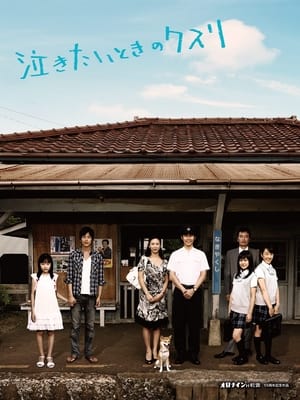 7.0
7.0Nakitai toki no kusuri(ja)
Five passengers stare at a middle-aged man weeping on a train - a young man with a broken heart, an office worker exhausted from work, a new station attendant, a salaryman who cannot cry, and a lost high school girl.
 10.0
10.0MILKSHAKE(pt)
 6.0
6.0My Paper Life(fr)
In Brussels, the Iranian artist and film director Vida Dena meets Naseem, father of a Syrian family who fled from the war. Within the walls of their precarious home, she talks with Hala and Rima, his two eldest daughters, through drawings. The little bits of coloured paper come to life on the screen to relate the memories, dreams and destiny of this family in exile.
Similar Movies
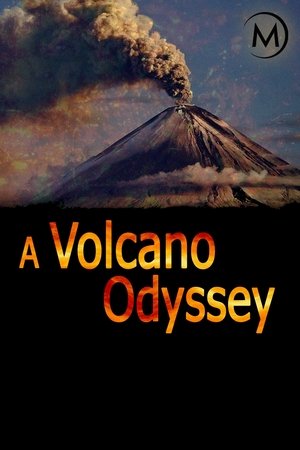 8.3
8.3A Volcano Odyssey(fr)
The epic story of the life of a volcano, capable of both causing the extinction of all things and helping the evolution of species, over 60 million years.
The Mind's Big Bang(en)
The events and coincidences that led to rapid advances in human intelligence 50,000 years ago.
 6.5
6.5Ring of Fire(en)
Ring of Fire is about the immense natural force of the great circle of volcanoes and seismic activity that rings the Pacific Ocean and the varied people and cultures who coexist with them. Spectacular volcanic eruptions are featured, including Mount St. Helens, Navidad in Chile, Sakurajima in Japan, and Mount Merapi in Indonesia.
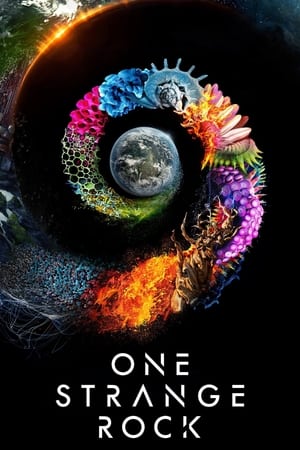 5.7
5.7One Strange Rock(en)
A mind-bending, thrilling journey exploring the fragility and wonder of planet Earth, one of the most peculiar, unique places in the entire universe, brought to life by the only people to have left it behind – the world’s most well known and leading astronauts. This edit combined episodes one and ten to create a new movie.
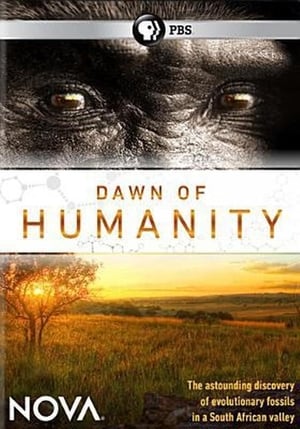 7.5
7.5Dawn of Humanity(en)
Nova and National Geographic present exclusive access to an astounding discovery of ancient fossil human ancestors.
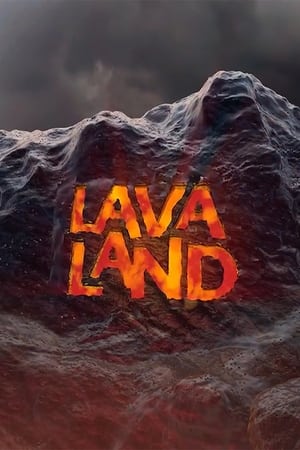 0.0
0.0Lava Land - Glowing Hawaii(en)
Hawaii, with its tropical rainforests and diverse coral reef is a spectacular natural paradise for travellers, surfers and all fans of breathtaking sandy beaches and lush green mountains. But life on the American island chain also has a dangerous side: permanently active volcanoes, lava caves, and even burning lava pours into the sea! Here you can see black smoke rise up, spray the red-hot magma into the sky and feel how the earth trembles. Located on the Pacific plate is unusual for volcanoes, Hawaii is thus researchers a fascinating destination. At Kilauea, the most active volcano on earth, the inhabitants have to live in constant danger found over the centuries cope. Lava Land - Glowing Hawaii takes you into the world of researchers and residents on the Big Iceland, the largest island of Hawaii.
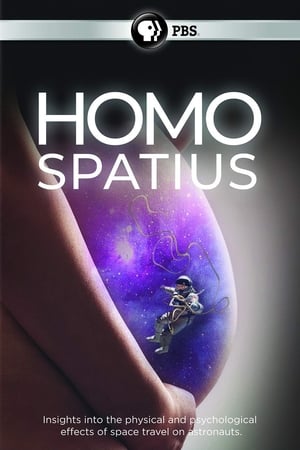 6.1
6.1Homo Spatius(fr)
Can Homo sapiens evolve into Homo spatius? For over 50 years now, we have been testing our human nature in our effort to conquer outer space, and still 30 years away from a possible human exploration of Mars, a question remains: Can our body take such travels? Will it ever adapt? Combining human adventure and the exploration of the human body, this film offers unique insights into the physical and psychological effects of space travel on the Astronauts and measures the impact on medical sciences.
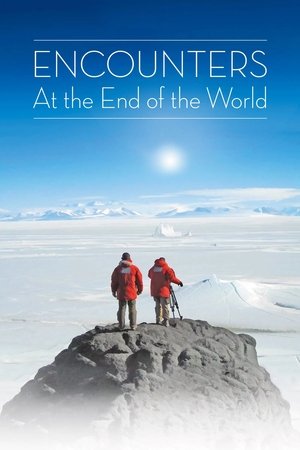 7.4
7.4Encounters at the End of the World(en)
Herzog and cinematographer Peter Zeitlinger go to Antarctica to meet people who live and work there, and to capture footage of the continent's unique locations. Herzog's voiceover narration explains that his film will not be a typical Antarctica film about "fluffy penguins", but will explore the dreams of the people and the landscape.
The Age of Transitions(en)
The cutting edge group known as transhumanists see a beautiful future brought about by artificial intelligence, life extension, and cybernetics. What one must realize before getting carried away with such utopian dreams is that transhumanism was born out of the elitist pseudo-science eugenics. This documentary provides vital information on the history of eugenics and its new cutting edge transformation.
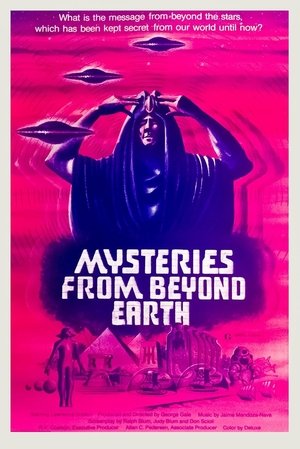 3.0
3.0Mysteries from Beyond Earth(en)
Narrator Lawrence Dobkin examines unusual paranormal activities and conspiracy theories in several eerie segments. Subjects include flying saucers and alien encounters, the disappearance of Atlantis, the Bermuda Triangle and the origins of Bigfoot, telekinesis, witchcraft, and the unusual notion that human evolution and technology might have been moved forward with assistance from intelligent extraterrestrial beings.
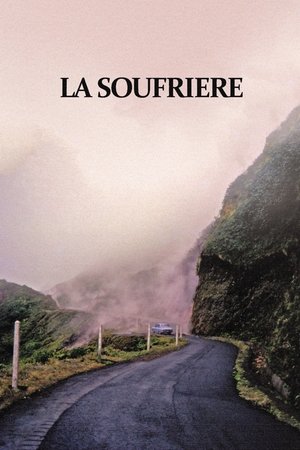 7.3
7.3La Soufrière: Waiting for an Inevitable Catastrophe(de)
Werner Herzog takes a film crew to the island of Guadeloupe when he hears that the volcano on the island is going to erupt. Everyone has left, except for one old man who refuses to leave.
 0.0
0.0The Neanderthals’ Dark Secret(en)
49,000 year old Neanderthal bones have been discovered by chance in a remote, mountainous region of Northern Spain. The bones may help solve the biggest Neanderthal puzzle of all – why we are here today and Neanderthals are not. ‘The Neanderthals’ dark Secret’ revolves around ongoing investigations deep inside the forbidding subterranean cave system called El Sidrón. Here, Palaeontologist Antonio Rosas and Archaeologist Marco de la Rasilla are in their 11th year of excavation. Bones from at least 12 people and 400 stone tool fragments have been recovered. We’ll bring these people back from the past. Our haunting, hologram-like Neanderthal characters, will communicate to the scientists of today, as they unlock the secrets of El Sidrón. Many mysteries surround the site, foremost, how the bones and tools came to be here in the first place. The remains aren’t weathered nor do they show signs of scavenging from large animals.
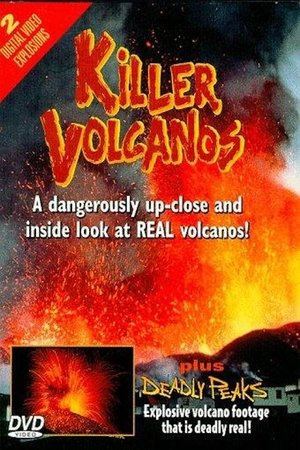 0.0
0.0Deadly Peaks(en)
Documentaries by Katia and Maurice Krafft feature some of the amazing footage shot by the renowned volcanologists, who perished in 1991 while filming a volcano in Japan. The duo documented more active and erupting volcanos than any other scientists in the world, and their dedication shows in Deadly Peaks and Killer Volcanos, two educational films that capture the scientists on the edge of a hot ash blast and floating on a lake of sulfuric acid. The films visit Mount Kilimanjaro and examine some of the less-known dangers such as carbon monoxide gas that builds under crater-formed lakes. They also take an in-depth look at the eruption of Mount St. Helens and the lengths to which people will go to save their communities. Venturing to places where most people would never dare, the Kraffts gave their lives to promote the study of volcanos and left behind a legacy of courage in the name of science. --Shannon Gee
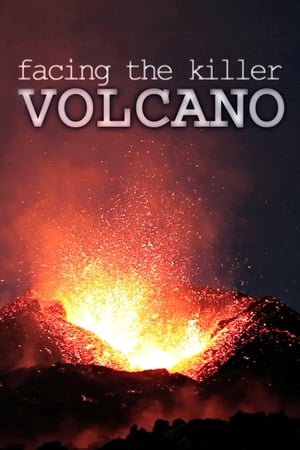 7.0
7.0Facing The Killer Volcano(en)
After 200 years, the Fugen-Dake volcano awoke in 1991. Journalists, cameramen and scientists flocked to Mount Unzen to study the eruption. For some of them, it would be a fatal choice.
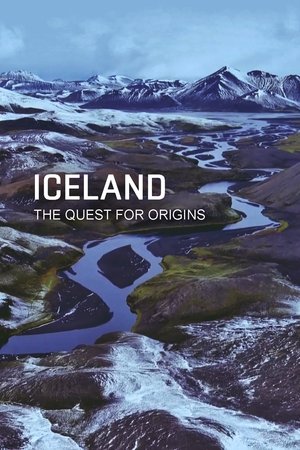 8.0
8.0Iceland: The Quest for Origins(fr)
The fascinating landscape formations of Iceland in the North Atlantic bear witness to the beauty and primal power of nature. They were created through the interaction of powerful volcanic, geological and biological processes that have been changing the face of the earth for billions of years. This is what the Earth might have looked like four billion years ago. Iceland is the realm of ice and fire. Nowhere else is there such a high density of volcanoes. The landscapes, which are continually reshaped by eruptions, make the island a natural laboratory full of clues about the formation and development of the earth. The documentary follows a group of scientists through the most active areas of Iceland, along a mountain range that has emerged from the ocean. On the slopes of the volcanoes, in the fog of the fumaroles and on streams and rivers, the three researchers explore how the first forms of life populated the earth's surface and in what evolutionary steps they took over the earth.
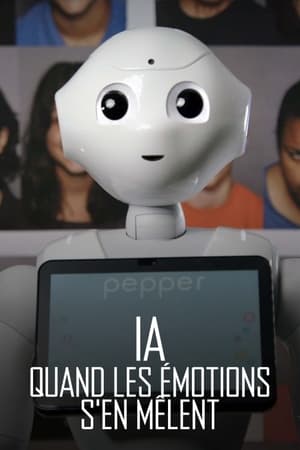 7.0
7.0Intelligence artificielle - Quand les émotions s'en mêlent(fr)
With the rapid advancements in artificial intelligence, the line between humans and machines continues to blur, and everything is evolving at an astonishing pace as this technology offers tantalizing promises. However, some researchers, including 2024 Nobel Prize in Physics laureate Geoffrey Hinton, warn about its exponential power. A deep dive into the dizzying complexities of AI.
 6.3
6.3Krakatoa: The Last Days(en)
A historical drama documentary depicting the eruption of Krakatoa volcano in 1883. The volcano was located in the Sunda strait in Indonesia and its eruption resulted in tsunami, rains of coals and ash, and ended with a very hot tsunami. The eruption killed more than 36,000 people and those survived were left with burns.
